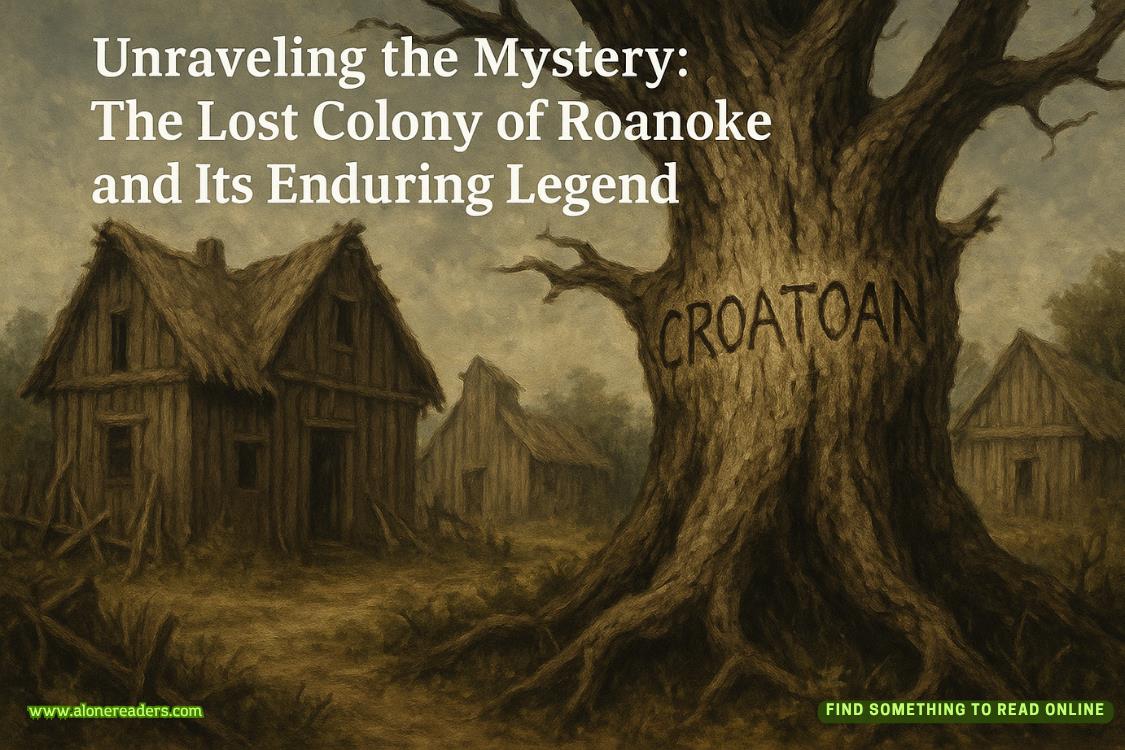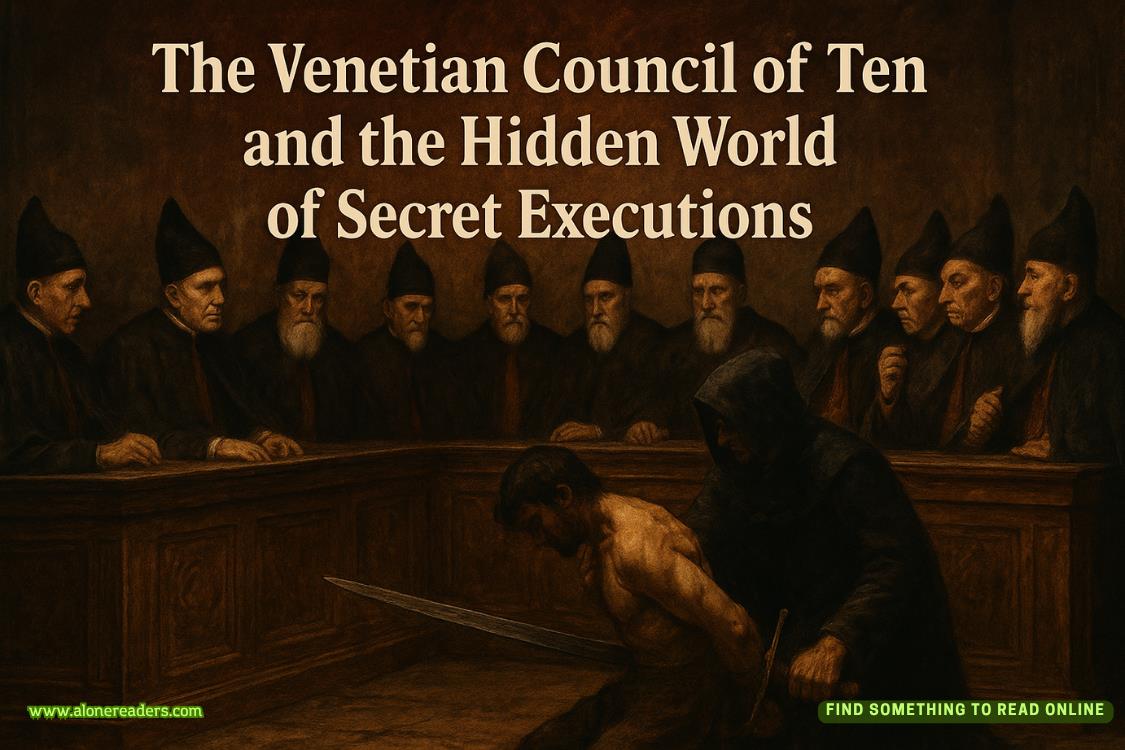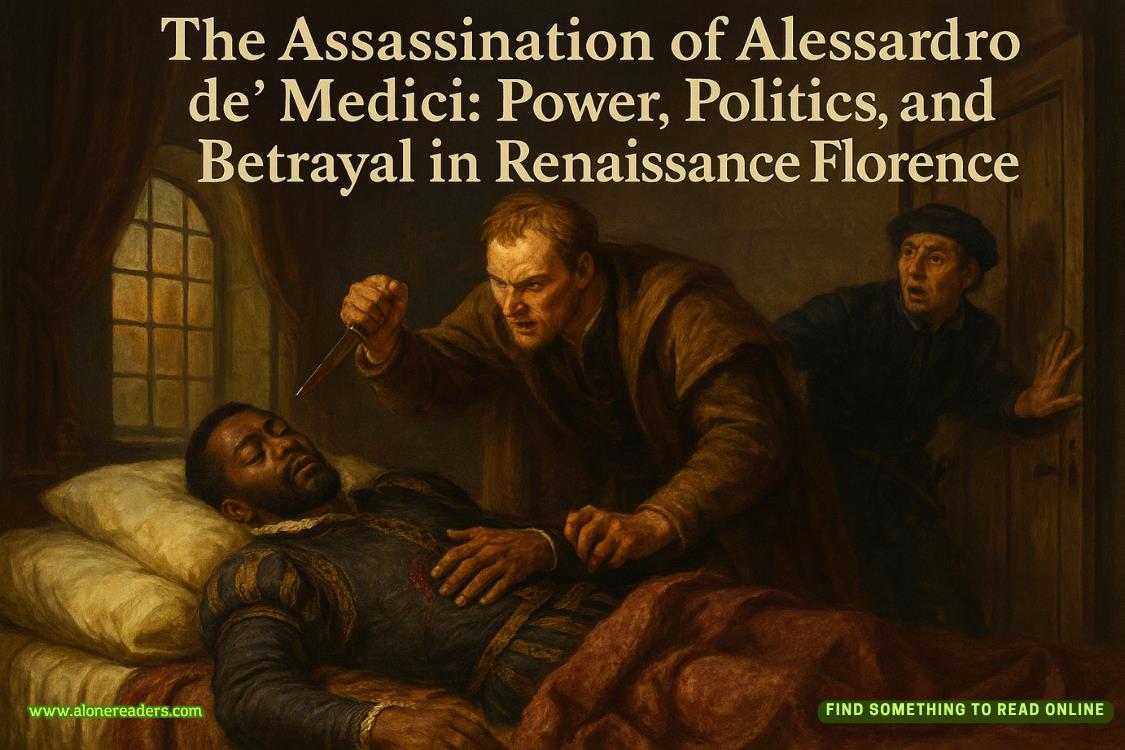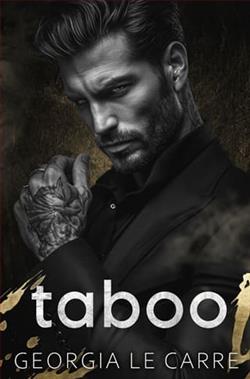Page 69 of Middle of the Night
The room itself looks to be empty—until a woman pops into viewjust on the other side of the glass. In a shaky voice, she says, “Whoever you are, please leave.”
Startled, I leap away from the window, raising my hands like a burglar caught mid-theft. Not the look I want to go for. I drop them to my sides and say, “Hi! Sorry! I just wanted to take a look at your event facilities.”
I have no idea how the lie arrived so quickly, but thank God it did, for the woman calms slightly. She points to her right, my left. I look that way and see a red door tucked into the rear of the building. I nod and make my way there, reaching the door thirty seconds before the woman opens it.
Standing in the doorway wearing a lavender pantsuit and a wary smile, she says, “I’m sorry, but we’re closed.”
“I just want to take a quick look around.”
“Do you have an appointment?”
“No,” I say. “I just saw this place online and felt like coming over to check it out for myself.”
The woman takes in my sweaty, bedraggled appearance. “How did you get here? There are no other cars in the lot.”
“My Uber dropped me off at the front gate.”
Since the property is bordered by a stone wall, I’m fairly confident in my assumption that a gate sits at the front entrance. I’m less certain that said gate is currently open. Still, the woman offers another smile and says, “Well, we normally only give tours to those who schedule in advance. But since you’re here, I suppose a quick look around won’t hurt.”
She ushers me inside to a plain, narrow corridor. Hurrying ahead of me, she gives me several over-the-shoulder glances. “I’m Lonette Jones,” she says in the same way cops use the full names of kidnap victims in press conferences to try to humanize them in the eyes of their abductors.
“I’m Ethan,” I reply, realizing a little too late that I probably shouldn’t use my real name. “Ethan Smith.”
“Is your event a wedding or a private party?”
“Wedding,” I say, the lie popping out.
“Perhaps you can make an appointment and return with your fiancée.”
“She’s really busy right now.” I cringe. Why do I keep talking? “But if I like what I see, I’ll absolutely make an appointment and bring her along.”
“Well, here we are,” Lonette says when the corridor empties into an entrance hall that kind of resemblesDownton Abbey. There’s a similar faded grandeur to the place, which is stuffed to the rafters with mahogany, velvet, brocade. Evenly spaced portraits adorn the walls, hanging above side tables on which vases of flowers sit. Wooden beams crisscross the high ceiling, and sunlight streams in from tall windows.
The area is dominated by a staircase that sweeps upward to the second floor. Beneath it, a wide doorway leads to what looks to be a ballroom. I glimpse parquet floors, gilt trim, an unlit chandelier dangling like a massive cobweb.
Like the mansion’s exterior, nothing inside the place seems overtly sinister. It’s just a lot of finery purchased with old money. The only oddity comes in the form of a large oil painting near the front door. It depicts a young man in a dark suit, his gaze searing. Behind him is a gnarled tree on one side and a stone obelisk on the other.
“Ezra Hawthorne,” Lonette says with a sigh when she catches me staring at it. “He lived here.”
I move closer to the painting, noticing that both the tree and the obelisk bear strange markings. One is clearly a star. Another resembles a figure eight knocked on its side, which I know to be a sign for infinity. Most of the others, though, are foreign to me.
“What do those symbols mean?”
“Beats me. All I know is that brides hate it. But we’re not allowed to take it down. Mr. Hawthorne stipulated it in his will.” Returning to tour mode, Lonette drifts to the doorway of the ballroom. “This is a flexible space. It can be used for the ceremony or as a reception hall if the ceremony takes place outdoors.”
I turn away from the painting and eye the stairs. “What’s up there?”
“The second floor is off-limits to all guests, although we do allow wedding photos to be taken on the staircase.”
While nothing in the area suggests that this used to be the Hawthorne Institute, let alone what they did here, I suspect remnants of that time still exist somewhere in this mansion. Maybe I’m wrong and there’s nothing left to see. Or maybe it’s all been relegated to the forbidden second floor. I decide to ply Lonette for more information.
“Didn’t this place used to be a school at some point?”
“Yes, the Hawthorne Institute.”
“What was their focus?”
Lonette seems taken aback, as if she’s never been asked before. Maybe she hasn’t. I assume that on most tours people are too busy checking out the amenities to care what the place was in the past.















